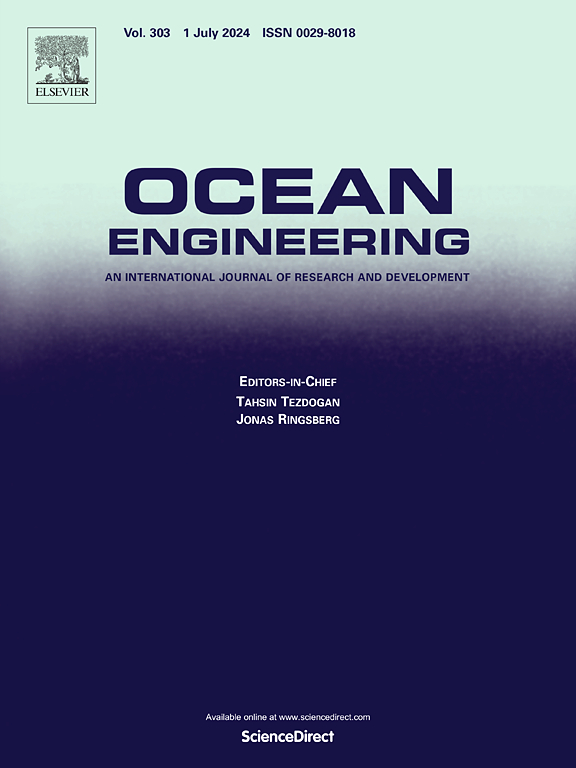Tsunami hazards and risks from the Philippine Trench: The cases of 2012 and 2023 Mw 7.6 tsunamigenic earthquakes
IF 4.6
2区 工程技术
Q1 ENGINEERING, CIVIL
引用次数: 0
Abstract
This paper presents a novel study on tsunami hazard and risk for the eastern Philippines, focusing on the underexplored Philippine Trench: a major tsunamigenic zone responsible for past destructive events. To address this pressing need, we model and analyze the generation mechanisms of two real Mw 7.6 events, occurred in August 2012 and December 2023, and expand our analysis to three hypothetical giant events: Mw 8.0, Mw 8.5, and Mw 9.0. The maximum tide gauge amplitudes recorded from the two actual Mw 7.6 events were 12.5 cm for the 2023 tsunami and 3.7 cm for the 2012 event. The tsunami waves from the 2023 tsunami had longer periods (6.7–28.2 min) compared to those from the 2012 tsunami (8.0–18.3 min), which is attributed to the deeper water surrounding the 2012 event's source area. Modeling a hypothetical Mw 9.0 event indicates that maximum coastal tsunami heights could reach up to 17.4 m, making it comparable to the giant tsunamis of 2011 in Japan and 2004 in the Indian Ocean. We conducted a tsunami risk analysis for the coastal town of Dapa for an Mw 8.5 event, which revealed that 218 buildings, including a designated evacuation center, could be inundated.
求助全文
约1分钟内获得全文
求助全文
来源期刊

Ocean Engineering
工程技术-工程:大洋
CiteScore
7.30
自引率
34.00%
发文量
2379
审稿时长
8.1 months
期刊介绍:
Ocean Engineering provides a medium for the publication of original research and development work in the field of ocean engineering. Ocean Engineering seeks papers in the following topics.
 求助内容:
求助内容: 应助结果提醒方式:
应助结果提醒方式:


